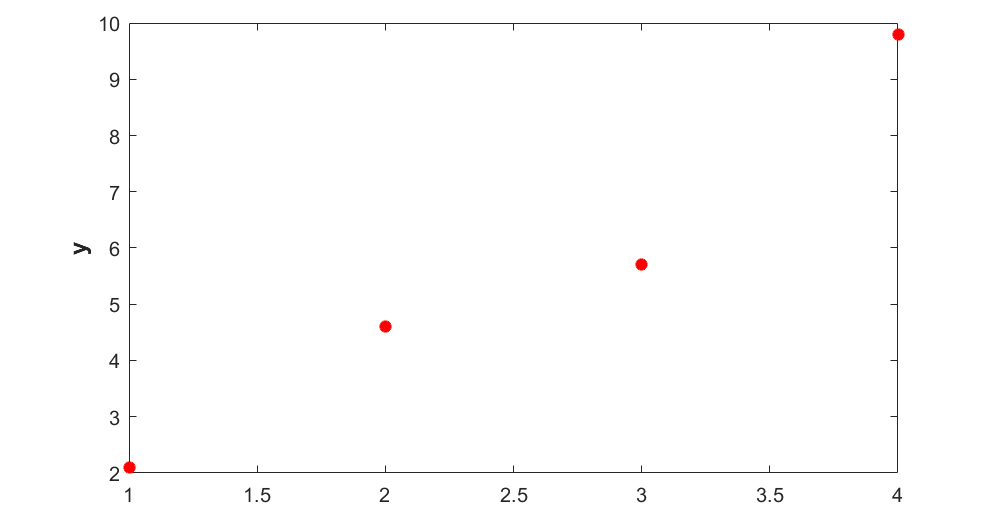
Time series analysis comprises methods for analyzing time series data in order to extract meaningful statistics and other characteristics of the data. Time series are used in statistics, signal processing, pattern recognition, econometrics, mathematical finance, weather forecasting, earthquake prediction, electroencephalography, control engineering, astronomy, communications engineering, and largely in any domain of applied science and engineering which involves temporal measurements. Time series are very frequently plotted via line charts. Examples of time series are heights of ocean tides, counts of sunspots, and the daily closing value of the Dow Jones Industrial Average. Thus it is a sequence of discrete time data. Most commonly, a time series is a sequence taken at successive equally spaced points in time. Most commonly, a time series is a sequence taken at successive equally spaced. A time series is a series of data points indexed or listed or graphed in time order. Given a sample set of real data values x 1, x 2, x 3. A cell array is simply an array of those cells. A cell is a flexible type of variable that can hold any type of variable.

Time series random data plus trend, with best fit line and different applied filters. Total running time of the example: 0.Linear Program Polynomial Interpolation Matlab' title='Linear Program Polynomial Interpolation Matlab' /> Time series Wikipedia. plot ( x_plot, y_plot, label = "degree %d " % degree ) plt. scatter ( x, y, label = "training points" ) for degree in : model = make_pipeline ( PolynomialFeatures ( degree ), Ridge ()) model. plot ( x_plot, f ( x_plot ), label = "ground truth" ) plt.

sort ( x ) y = f ( x ) # create matrix versions of these arrays X = x X_plot = x_plot plt. linspace ( 0, 10, 100 ) # generate points and keep a subset of them x = np. sin ( x ) # generate points used to plot x_plot = np. Print ( _doc_ ) # Author: Mathieu Blondel # Jake Vanderplas # License: BSD 3 clause import numpy as np import matplotlib.pyplot as plt from sklearn.linear_model import Ridge from sklearn.preprocessing import PolynomialFeatures from sklearn.pipeline import make_pipeline def f ( x ): """ function to approximate by polynomial interpolation""" return x * np.


 0 kommentar(er)
0 kommentar(er)
